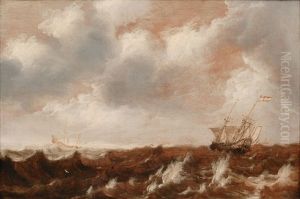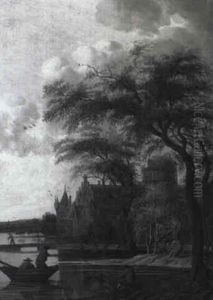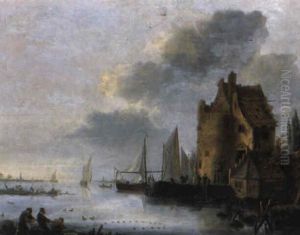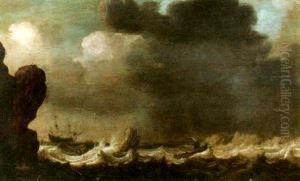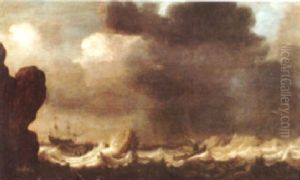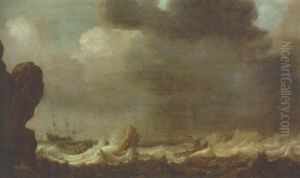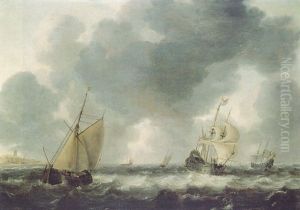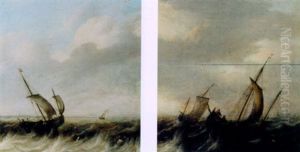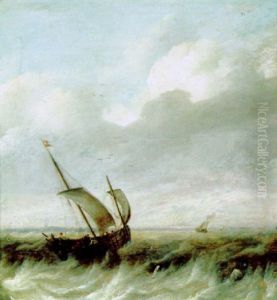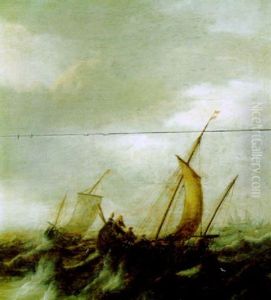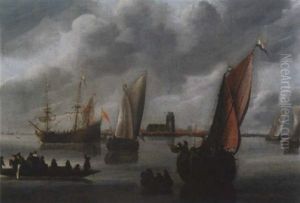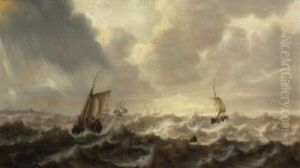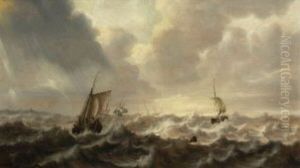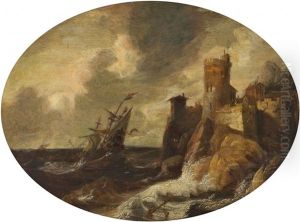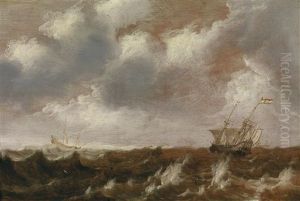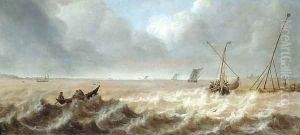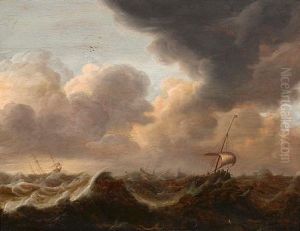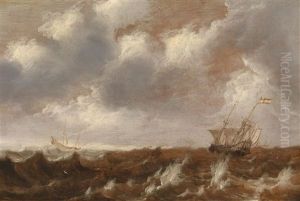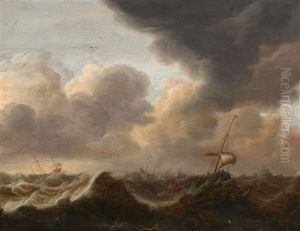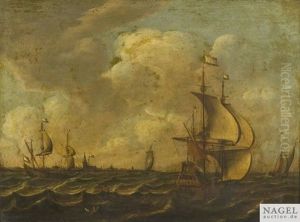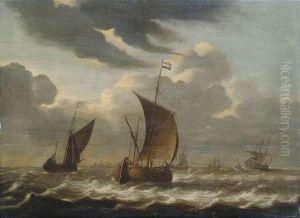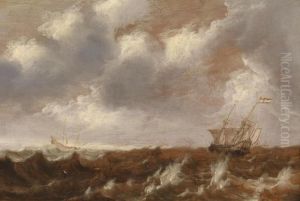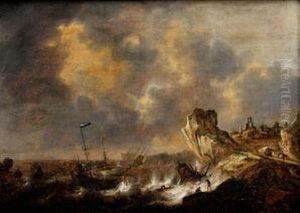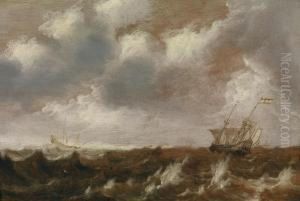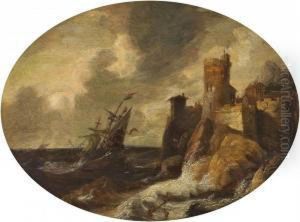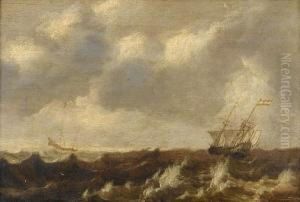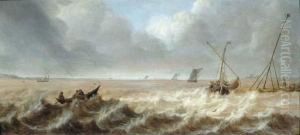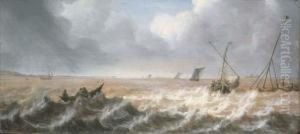Pieter Van Der Croos Paintings
Pieter van der Croos was a Dutch landscape painter who was active during the 17th century, a period often referred to as the Dutch Golden Age of painting. While the exact date of his birth is not well-documented, historical records suggest that he was born in the early 1600s. His death is recorded as having occurred in 1673.
Van der Croos specialized in painting landscapes, a popular genre in Dutch art at the time. His works are characterized by their detailed representation of nature, serene compositions, and the skilled use of light and shadow, which was a hallmark of Dutch landscape painting. He was influenced by the works of other Dutch masters, such as Jan van Goyen, with whom he is sometimes said to have studied.
Throughout his career, Pieter van der Croos enjoyed a degree of success and recognition. He lived and worked in several Dutch cities, including The Hague, where he became a member of the local painters' guild. His paintings often depict rivers, dunes, and rural scenes, which were common themes in Dutch landscapes of the period.
Despite his contributions to the Dutch landscape genre, Pieter van der Croos is not as well-known as some of his contemporaries. However, his works are still appreciated for their contribution to the development of landscape painting in the Netherlands and can be found in various art collections and museums.
Information about his personal life, training, and artistic influences is limited, as is common with many artists of the time. Nevertheless, Van der Croos's paintings continue to be studied and admired for their serene beauty and technical skill.
